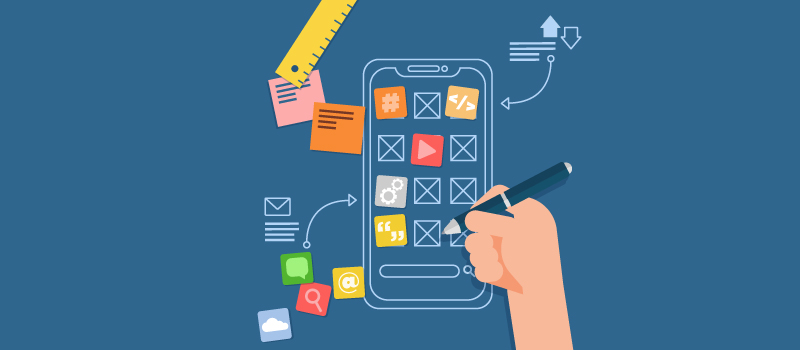
Calibration is necessary to ensure the weighing results are consistent. It is important for businesses and companies to correctly measure their products as the difference in mentioned weight and actual weight can put a negative impact on the company’s reputation.
Also, it is done to increase the longevity of measuring instruments and scales. The process of calibration involves extensive testing, error checks, and experiments to determine the accuracy of weighing scales on different parameters.
What are the different types of calibration?
There are two different ways to calibrate weight instrument-External and Internal calibration. Let’s discuss each one of them.
External calibration:
It is a manual process of calibrating the scales. It involves the use of a set of approved weighing scale calibration weights. The process starts with placing the calibration weights on different balances to check its mass or weight.
Internal calibration:
During internal calibration, the weighing scales are calibrated automatically or to itself without any manual intervention or weight sets. There are various technologies that ensure the accuracy check of weighing scales. Some balances have an advanced in-built feature of setting calibration at a specific time and interval.
What are the Benefits of calibration?
Apart from delivering better and accurate outputs, calibration has various other benefits. These are:
It keeps any financial penalties, customer complaints, and legal actions at bay.
As you deliver what you preach, you create a positive brand image amongst customers and stakeholders.
Your products can easily pass external and internal audits.
What are the different tests carried out during calibration?
There are numerous calibration scales tests that can be carried out depending upon the industry, requirement, application, and of course the regulations. The calibration method can also vary as per the need of the manufacturer. Some of the common calibration tests are:
Span Calibration: This method is carried out using weights corresponding to the full capacity of the balance.
Linearity Calibration: This method is the same as that of span calibration, however, you have the liberty to use a midpoint weight as an added reference point.
Repeatability Test: In this test, the weight is placed at the same spot on the scale and weighed several times.
Eccentricity Test: During the eccentricity test, the weight is placed at different positions on the balance and weighed multiple times.
Weighing Test: In this test, the collaborative weight is increased or decreased to check the accuracy of the weighing scale.















